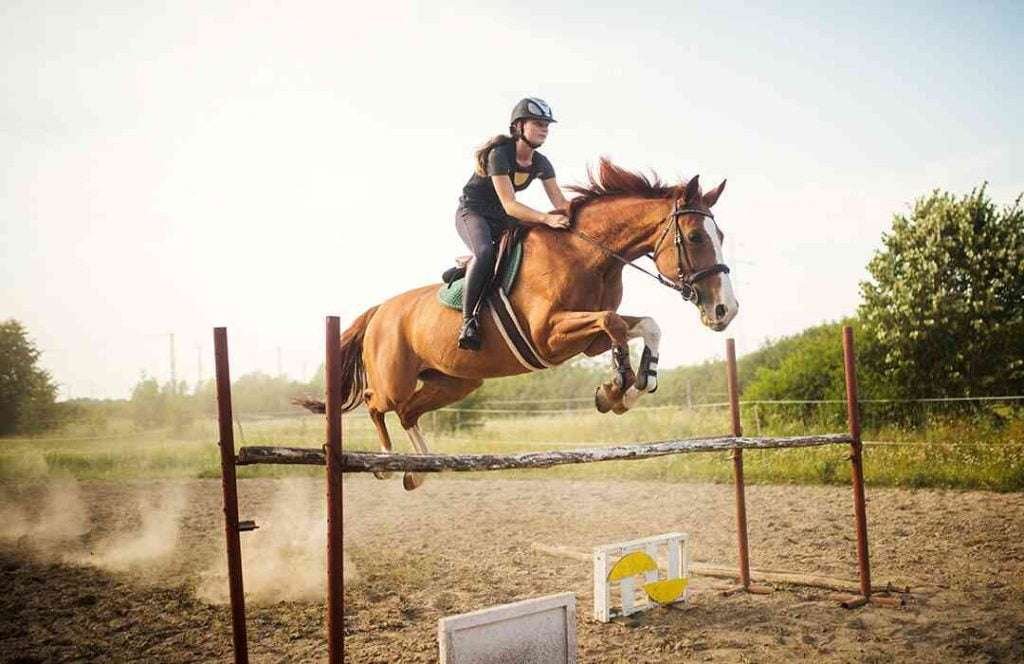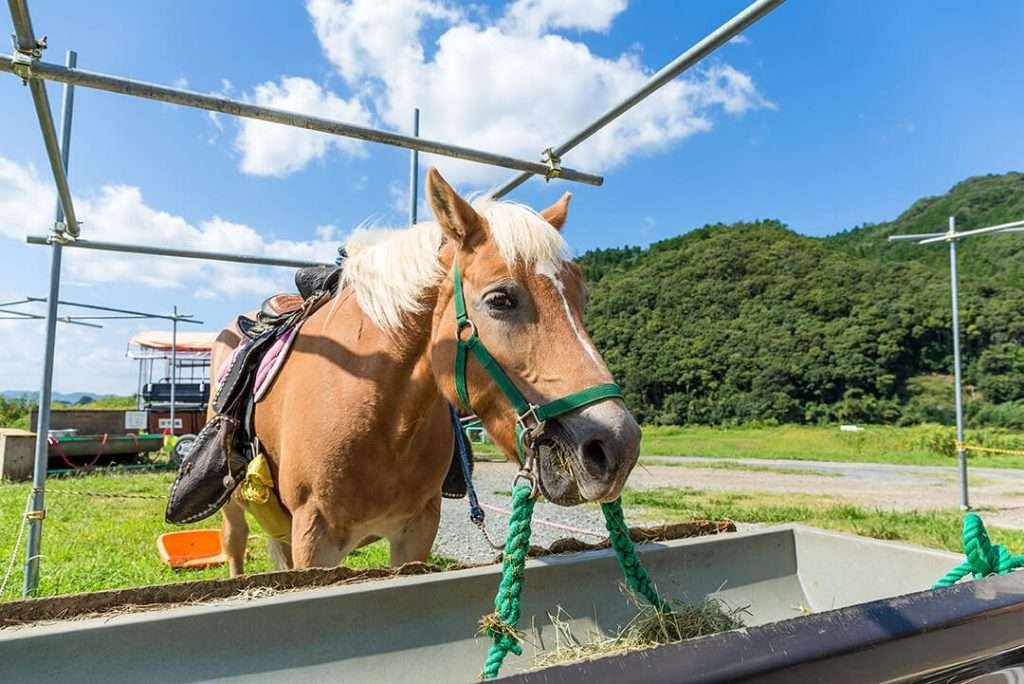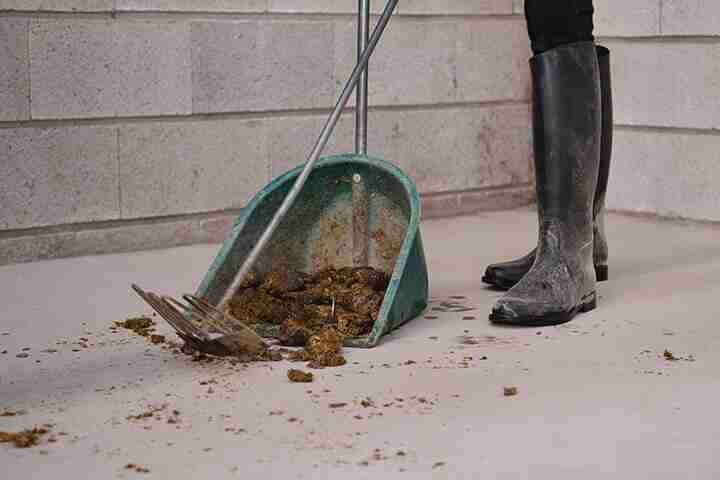Horses, known for their grace and elegance, can exhibit behaviors that signal discomfort or irritation. Excessive tail rubbing is one such behavior that demands attention from horse owners and caretakers. In this guide, we delve into the potential causes of excessive horse tail rubbing and explore effective remedies to ensure the well-being and comfort of your equine companion.

Causes of Excessive Tail Rubbing:
1. Parasites:
Internal and external parasites, such as worms and flies, can cause intense itching and irritation in horses. When horses experience discomfort, they may resort to rubbing their tails against surfaces to alleviate the itching.
2. Skin Conditions:
Dermatitis, allergies, or fungal infections can lead to skin irritation and itching. Horses may rub their tails to seek relief from the discomfort associated with these conditions.
3. Tail Docking:
In some cases, horses that have undergone tail docking (the partial amputation of the tail) may experience persistent discomfort, leading to rubbing.
4. Environmental Factors:
Flies, gnats, and other insects can be persistent irritants for horses. Additionally, dusty or dirty environments may contribute to skin irritation.
5. Behavioral Issues:
Stress, boredom, or anxiety can manifest in behavioral issues, including tail rubbing. Understanding the horse’s environment and addressing any sources of stress is crucial.
Remedies for Excessive Tail Rubbing:
1. Parasite Control:
Regular deworming and proper parasite control measures are essential. Consult with your veterinarian to develop a deworming schedule tailored to your horse’s needs.
2. Skin Care:
Maintain good skin hygiene by regularly cleaning the tail and surrounding areas. Use mild, horse-safe shampoos and conditioners to soothe the skin.
3. Fly Control:
Implement effective fly control measures, such as fly repellents, fly masks, and keeping the stable or pasture clean. Consider using fly sheets to protect the horse’s body.
4. Environmental Management:
Ensure that the horse’s living environment is clean and free from potential irritants. Regularly remove manure and provide a well-ventilated and comfortable space.
5. Dietary Considerations:
Review the horse’s diet with a veterinarian to ensure it meets nutritional needs. A balanced horse diet supports overall health and may contribute to skin and coat condition.
6. Tail Protection:
For horses with docked tails, consider protective measures such as tail wraps or coverings to prevent direct contact with surfaces and minimize rubbing.
7. Behavioral Enrichment:
Address any potential sources of stress or boredom through environmental enrichment. Providing companionship, mental stimulation, and regular exercise can positively impact behavior.
When to Consult a Veterinarian:
If excessive tail rubbing persists despite implementing preventive measures, it is crucial to consult with a veterinarian. Persistent rubbing may indicate an underlying health issue that requires professional diagnosis and treatment.
In conclusion, understanding the potential causes of excessive tail rubbing in horses enables proactive care and preventive measures. By addressing parasites, maintaining good hygiene, implementing fly control, and considering the horse’s overall well-being, horse owners can ensure a comfortable and contented equine companion. Regular veterinary check-ups and timely intervention contribute to the long-term health and happiness of your horse.





